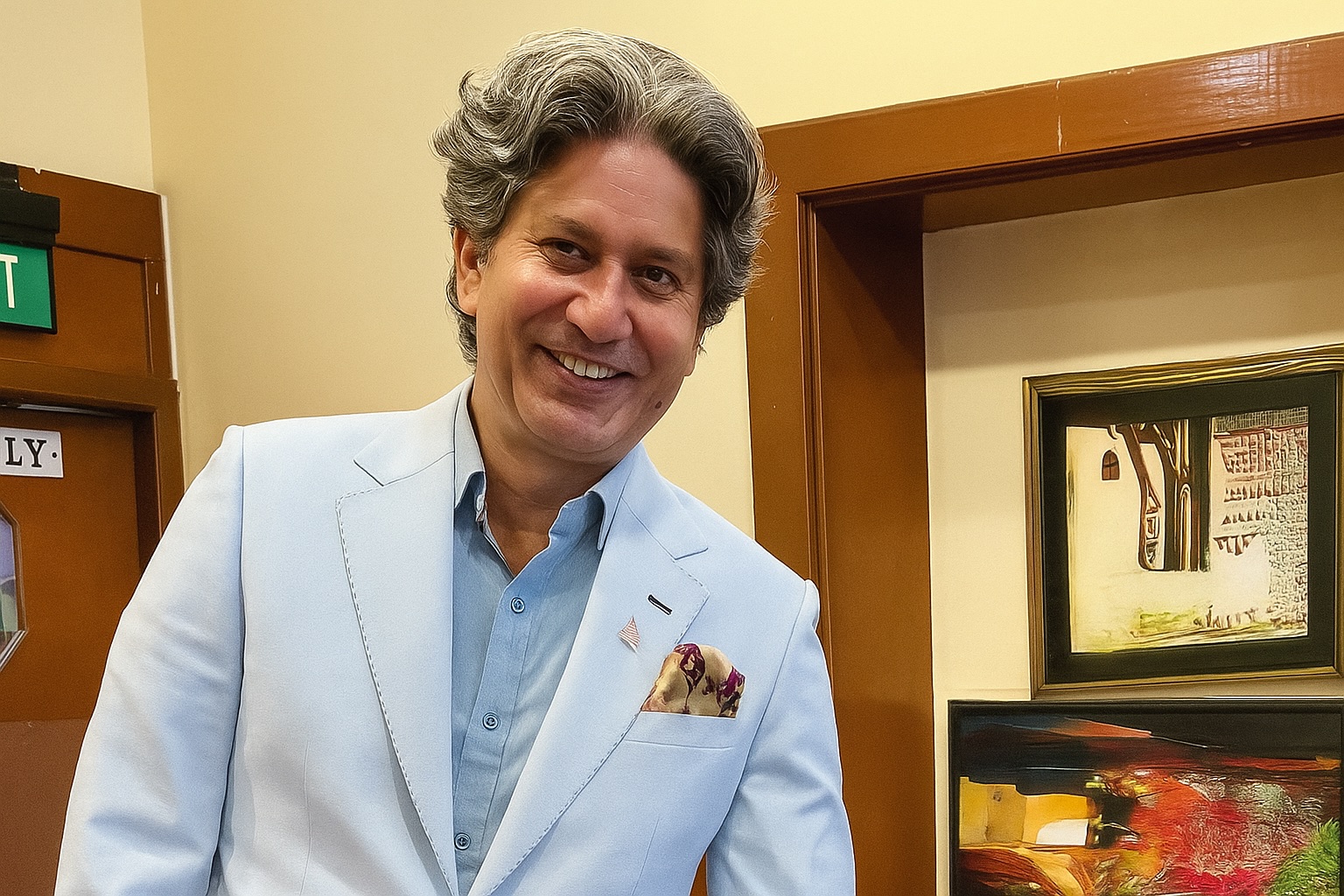In a time when consumer attention is fragmented across screens, platforms, and formats, the very idea of what advertising means—and what it should do—is being redefined. In Nepal’s evolving media and marketing landscape, one model is emerging as a beacon for businesses that want more than fleeting exposure: content advertising.
As someone who has worked for years at the intersection of media, journalism, and marketing, I’ve observed closely how the advertising economy in Nepal functions—not just in theory, but in practice. It is a system powered by both aspiration and apprehension, genuine business needs and silent pressures. And within that complex mix, content advertising has emerged not just as an alternative, but as an ethical and effective pathway to real engagement and commercial success.
The Numbers Speak—But So Does the System
According to estimates from industry observers and regulatory agencies like the Advertising Board of Nepal (विज्ञापन बोर्ड), Nepal’s total advertising economy now runs into several billion rupees annually. But a closer look reveals a sobering reality: much of this spending is dictated not by strategic marketing decisions, but by affiliations, influence, and institutional pressure.
From firsthand conversations with corporate executives and marketing managers, it has become evident that advertisements in Nepal are frequently released to manage relationships with the media—not to promote products. Ads have become tools of media diplomacy, used to appease outlets, suppress unfavorable stories, or reward friendly editorial lines.
One marketing head confided in me, “Madhav Jee, I’m sold on your proposal, but top management will only approve it if you come with a strong recommendation—from someone like the Minister of Industry or the Governor.” He was not joking. When I asked why the Ministry of Forests and Environment would be relevant in an advertising deal, he said, with a straight face, “Because they regulate our sector. Their recommendation carries weight.”
This is not a rare case. It's representative of how ad budgets are often locked behind bureaucratic gatekeeping, personal affiliations, or political brokerage. Media proposals are routinely blocked at the front desk unless accompanied by the right name on a calling card.
The Ethical Gap and the Genuine Need
Despite this distorted landscape, we must acknowledge something important: there is a genuine need for advertising. Businesses in Nepal want to grow. They want to reach the right audiences. They want to sell. But many don’t know which platform can truly deliver. With thousands of media outlets registered, decision-makers are overwhelmed. And in that confusion, they often fall back on outdated models: static newspaper columns or banner ads buried in online noise.
These formats aren’t inherently wrong—but they are often uninspired, unmeasured, and unstrategic. Worse, they treat advertising as decoration rather than communication.
It was in response to this gap that we developed the content advertising model at Nepal Aaja—a solution crafted not for media management, but for business growth.
What Is Content Advertising, Really?
Content advertising is not just about placing a logo in a story. It’s about telling a brand’s story in a way that matters.
- At Nepal Aaja, our content advertising service integrates:
- Editorial-style storytelling with product or service narratives
- Professionally written, human-centered articles
- Photography, video, and multimedia elements
- Direct lead generation links to client websites or hotlines
- Social media amplification to expand reach across platforms
Think of it as an advertisement that reads like a feature, looks like a story, and sells like a campaign.
A Conversation That Converted
A few months ago, I pitched this idea to a luxury automobile distributor. He was skeptical. “We already sell cars. How will your content prove sales?” I proposed a simple metric: include a dedicated phone number in the article and track the response.
He agreed, cautiously, and gave me a single ad opportunity.
Within days of publishing his content advertisement, inquiries started rolling in. Test drives were booked. A vehicle was sold. He called me later and said, “Madhav Jee, I didn’t expect this. You didn’t just deliver content—you delivered customers.”
Since then, he has remained a regular content advertiser. His success story is one of many—though for professional and ethical reasons, we refrain from disclosing client names unless authorized.
Why Clients Stay
Our content advertising has worked for banks, insurance providers, trading companies, lifestyle brands, and even development organizations. It works not because it replaces marketing—it enhances it.
Unlike banners that merely link. Unlike print ads that merely show. Content ads connect.
They offer:
- Rich product explanations
- Customer testimonials
- Thought leadership opportunities
- Calls to action that are trackable and meaningful
The Line We Never Cross
At Nepal Aaja, we believe deeply in editorial independence. Our newsroom and our content advertising team operate with complete transparency and ethical separation. We disclose branded content. We never alter editorial coverage in return for ads. This clarity is part of why businesses trust us—not just to promote their brand, but to protect their credibility.
Looking Forward: From Pressure to Possibility
Nepal’s advertising system does not need to stay broken. We do not need to treat ads as media bribes or political favors. We can—and must—reclaim advertising as a marketing tool, not a management tactic.
The content advertising model is one way forward. It works because it is measurable, meaningful, and ethical. It serves real business needs. It respects the audience. And above all, it delivers value.
If you’re a business leader or marketing professional navigating Nepal’s crowded media space, I urge you to reconsider where your ad budget goes.
Don’t just buy space. Tell your story. Don’t just show your product. Explain your promise. Don’t just release an ad. Create an experience.
We’re ready to help. And the results will speak for themselves.

